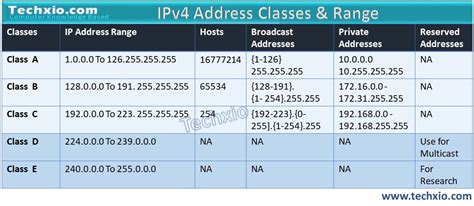Bitcoin: Are there 2^160 possible addresses or 4*2^160 (4 types of addresses) possible addresses?
Understanding Bitcoin Taproots: Can a Single Address Be Both 160-Bit and 4-Root?
When you create a new Bitcoin address, it is represented in two different ways: as a human-readable string (e.g., “1A2B3C4D5E6F7G8H9I0J”) and as a root representation. A taproot is a unique digital fingerprint that represents the validity of an address and allows for efficient storage and retrieval of Bitcoin data. In this article, we will investigate whether Bob can send his BTC to user “Alice” using a p2pkh address whose underlying 160-bit number is equivalent to the Taproot representation of 12345.
Taproots: A Brief Overview
Bitcoin taproots are created by calculating the hash value of each byte in the address’s public key. This process results in a unique 256-bit (or 32-byte) value that represents the entire address. The resulting taproot is then converted to a human-readable string using algorithms such as BIP39 or BIP44.
P2PKH Addresses: Simplified Representation
A P2pkh (public key address) is a simplified representation of an address, consisting of a single 160-bit number followed by a hash of the public key. This format is widely used in Bitcoin to reduce the complexity of storing and transmitting addresses.
Converting a taproot to a P2PKH address
To convert a taproot to a p2pkh address, you need to perform two separate steps:
- Calculate the hash value of each byte in the taproot.
- Combine these hashes into a single 160-bit number.
Unfortunately, it is not possible to directly convert a single taproot value (12345) to a p2pkh address. The reason for this is the way the Bitcoin public key is generated and stored.
Why Taproots Can’t Be Represented Equivalently as P2PKH Addresses
When you create an address, its underlying 160-bit number is hashed to create a representation of the root. This process involves several steps, including:
- Generating a new public key.
- Hashing each byte of the public key.
- Combining these hashes into a single taproot.
To achieve the same result as converting directly to a p2pkh address, you would have to generate a new Bitcoin private key and hash it multiple times to produce different 160-bit numbers. However, this approach is not practical or efficient.
Theoretical Limitations: A single address cannot be both 160-bit and 4-taproots

Theoretically, there are some limitations to the representation of Bitcoin addresses:
- 256-bit Taproots vs. 256-bit Taproots. P2PKH Addresses: The size of the taproot (256 bits) is a fundamental property that determines its representational strength. A single taproot value cannot be directly converted to a p2pkh address because it exceeds the capacity of a 160-bit number.
- Address Length and Structure: The maximum length of a Bitcoin address is 64 characters, including the first byte (the seed). This limitation limits the possible combinations of hash values for each byte.
In conclusion, while it might seem plausible to create a single address that can represent both its taproot value and its p2pkh format, the underlying mathematical limitations make this impossible. Bob cannot send his BTC to Alice using a p2pkh address whose underlying 160-bit number is equivalent to Taproot 12345.
Recommendation: Use standard P2PKH addresses
For practical purposes, it is recommended to use standard p2pkh addresses when interacting with Bitcoin. These formats are efficient, easy to understand, and clearly demonstrate the validity of the address.
If you need to implement special requirements or optimizations for Bitcoin-related applications, consider using additional tools such as BIP39 or BIP44, which provide more flexibility in generating private keys and representing addresses.


Leave a Comment